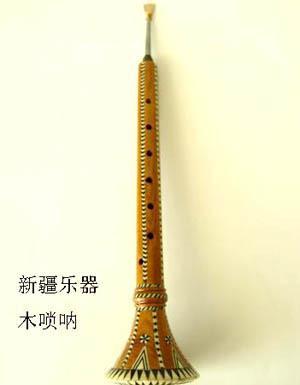Sournay's History
Uyghur folk traditional Surnai, Han people call it wooden suona. It is popular in southern, northern and eastern Xinjiang, Xinjiang Uygur Autonomous Region, especially in southern Xinjiang.

Surnai has a long history and was first seen in the murals in Cave 38 of the Kizil Thousand Buddha Caves in Baicheng, Xinjiang, with images of musicians playing Surnai. This grotto group was excavated in the 3rd century AD and is the earliest large-scale Thousand Buddha Cave in my country. It shows that suona has been spread in Qiuci (now Kuqa area) in the Western Regions during the Jin Dynasty (265-420 AD). The records of Surnai in Chinese historical records were relatively late, and only appeared in the Ming Dynasty. Wang Xilou's "Research on the Past Daoist Jinle": "The trumpet, the lock, the song is small, and the melody is big."
Qi Jiguang, a military general in the Ming Dynasty, used it in the army. "Jixiao Xinshu·Wubei Zhi": "Wherever you hold the flute, you are playing suona." "Sancai Tuhui": "Suonai, its shape is like a trumpet, with seven holes, head and tail. Copper is used for it, and wood is used for pipes.” In the Qing Dynasty, Surnai was also known as Jinkoujiao, and it was included in the court's "Huibu Music" in the "Dynasty Ritual Instrument Schema" and used for Naoge music. "Qing History Manuscript" (Volume 110) contains: "Surnai, a Suo, a wooden pipe, decorated with copper at both ends, with the upper and lower duo, the shape is like a golden mouth and small. The seven holes go out in front, and the one goes out behind. , a hole exits from the left, and a reed whistle is set on the copper pipe to blow it." The shape of the suona now is basically the same as that recorded in the historical records. Surnai, which is popular among Uyghur folk today, is an early form of suona.
 渝公网安备 50010702504639号
渝公网安备 50010702504639号